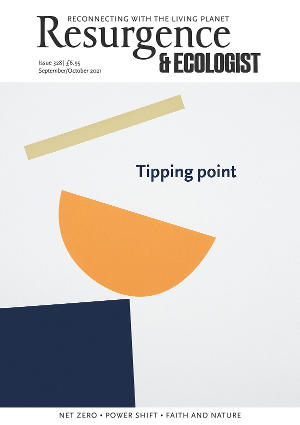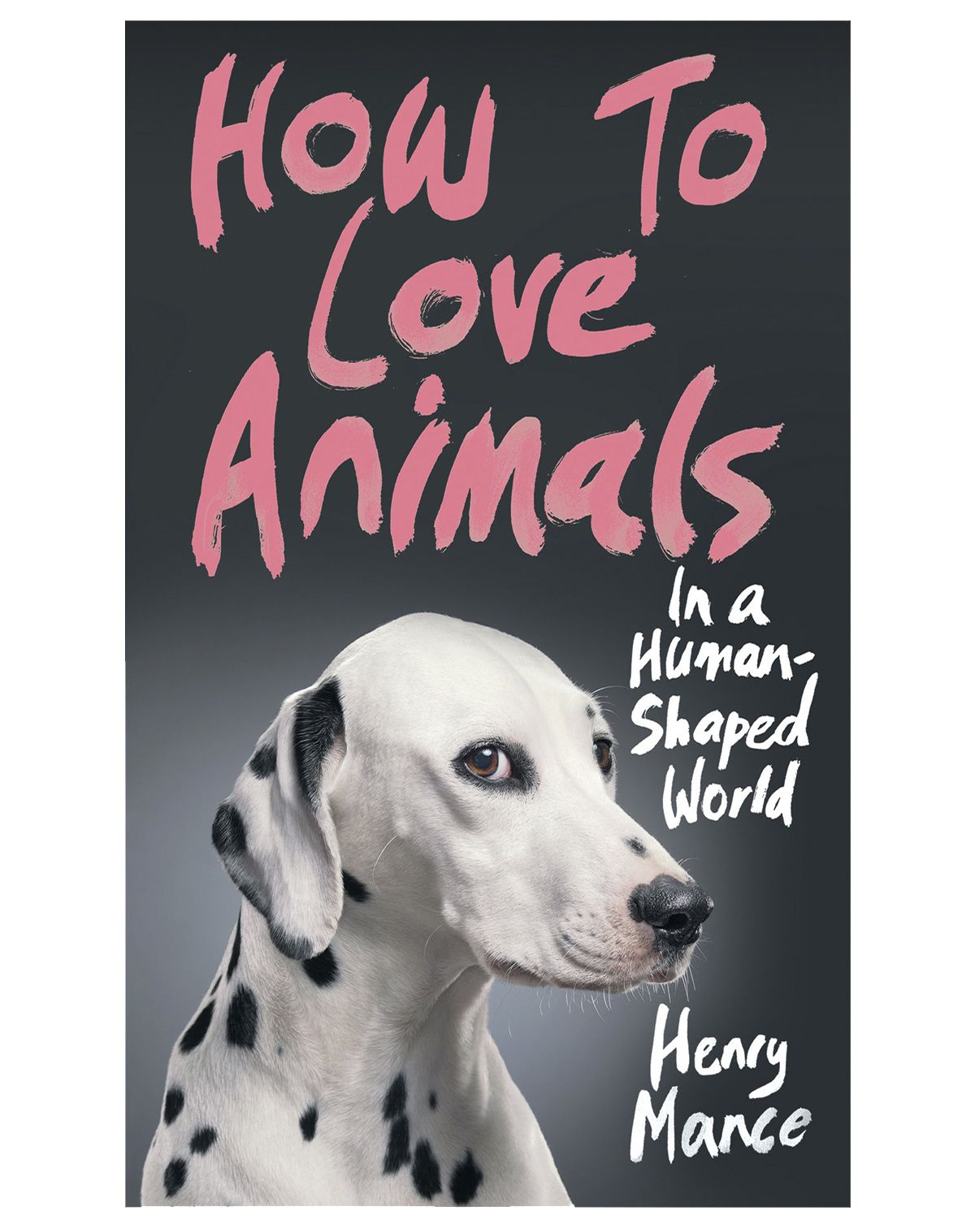Henry Mance’s How to Love Animals in a Human-Shaped World is a brilliant book of moral philosophy, environmental insight, and compelling argument. The author – chief features writer of the Financial Times, and a gifted, subtle, erudite journalist – sets out to demonstrate, in chapter after devastating chapter, just how flawed, contradictory and often cruel our relationship with animals is.
The central paradox is that we love animals, as evidenced through our pets, our visits to zoos, and our commitment to wildlife documentaries and Nature organisations, while tolerating and endorsing all the horrors of modern-day factory farming and fishing, discounting animals’ suffering because of our preference for meat, fish and dairy. Mance allows the reader no such luxury, with graphic accounts of slaughterhouses, the practices of fishing fleets, and the lives of chickens, pigs and cows. I was particularly struck by a compelling passage explaining how the farming system we have established is so circumscribed that no animal can truly flourish, take any of the decisions, or live the full kind of life that it might otherwise do in the wild.
The ethical implications of this system in terms of pain and suffering are compounded by the broader environmental impacts of climate change, rainforest destruction, freshwater pollution, and biodiversity loss, all of which are set out in scrupulous detail. Throughout, Mance’s immersion in the subject is impressive. The world’s food and land use systems are responsible for a quarter of its greenhouse gas emissions, and are the primary drivers of biodiversity loss. Climate breakdown and ecosystem loss pose an existential threat to the lives of animals, further compounding this vicious cycle.
The solution, according to Mance, is within our grasp. We must project that same love of animals we demonstrate in the love of our pets to the rest of the animal kingdom, most immediately by forgoing meat, fish and dairy, as the author has done, and pivoting to a vegan diet. This is ethically the right thing to do, Mance argues, as well as a culinary adventure (enjoying the broad support of his vegetarian wife and daughters). Such a transition – were it to take place at scale – would liberate land and ecosystems across the world, enabling biodiversity to recover, and humanity to live more in harmony with Nature. Indeed, E.O. Wilson’s inspiring vision of half of the Earth being ‘put aside’ for Nature (and Indigenous peoples) comes into view, were such a shift to be made.
The book also points out how it might be possible, with appropriate support from governments, for farmers and fishers to benefit from a world in which meat and fish consumption, at least for many of the world’s people, were significantly reduced. Farmers could be rewarded for the adoption of more regenerative practices, for producing all the other foods we would need in plentiful volumes, and for safeguarding Nature. Coastal communities could in many instances turn to the cultivation of mussels and other bi-valves, as well as be supported in the adoption of more sustainable fishing practices. In other words, this must be a just rural transition, as well as a just marine one, if it is to take place – and one that will necessarily look different in every country of the world. (Mance’s explorations cover geographies as diverse as Mongolia, Colombia, Indonesia and the US.)
The core insight, however, remains the same, and is powerfully told by Mance in a book that deserves the widest possible audience. Our current treatment of most of the world’s animals is profoundly wrong, as well as unnecessary. It is before us to chart a different course, and we all have a role to play, starting with the food choices we make each day.








